"I" and the invisibility of infrastructure
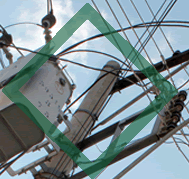 |
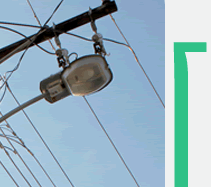 |
|||||
 |
 |
|||||
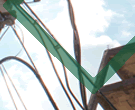 |
 |
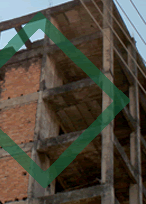 |
 |
|||
 |
 |
|||||
 |
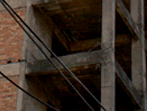 |
|||||
Star directly addresses participation here in relation to her earlier studies:
Despite good user prototype feedback and participation in the system development, there were unforeseen, complex challenges to usage involving infrastructural and organizational relationships. The system was neither widely adopted, nor did it have a sustained impact on the field as the resources and communication channels it proffered became available through other (often more accessible) means. It did provide important insights and models for continuing work on the technical side; it also provided insights for us as social scientists into the profound impact of the understanding of infrastructure on group interactions. (6; emphasis added)
Star explains how her own thought process about infrastructure developed along the lines of a cityscape from the wide map view to the specific operational object:
I had a commonsense notion of infrastructure when I first started studying the design of interdisciplinary computer systems—infrastructure as something that other things “run on,” things that are substrate to events and movements. Railroads, highways, plumbing, electricity, and more recently, the information superhighway. Good infrastructure is by definition invisible, part of the background for other kinds of work. It is ready-to-hand. This image holds up well enough for most purposes—turn on the faucet for a drink of water and you use a vast infrastructure of plumbing and water regulation without usually thinking much about it. (16)
Nowhere is this idea of infrastructure as invisible, but ever present, more clear than in Star's characterization of the cityscape.